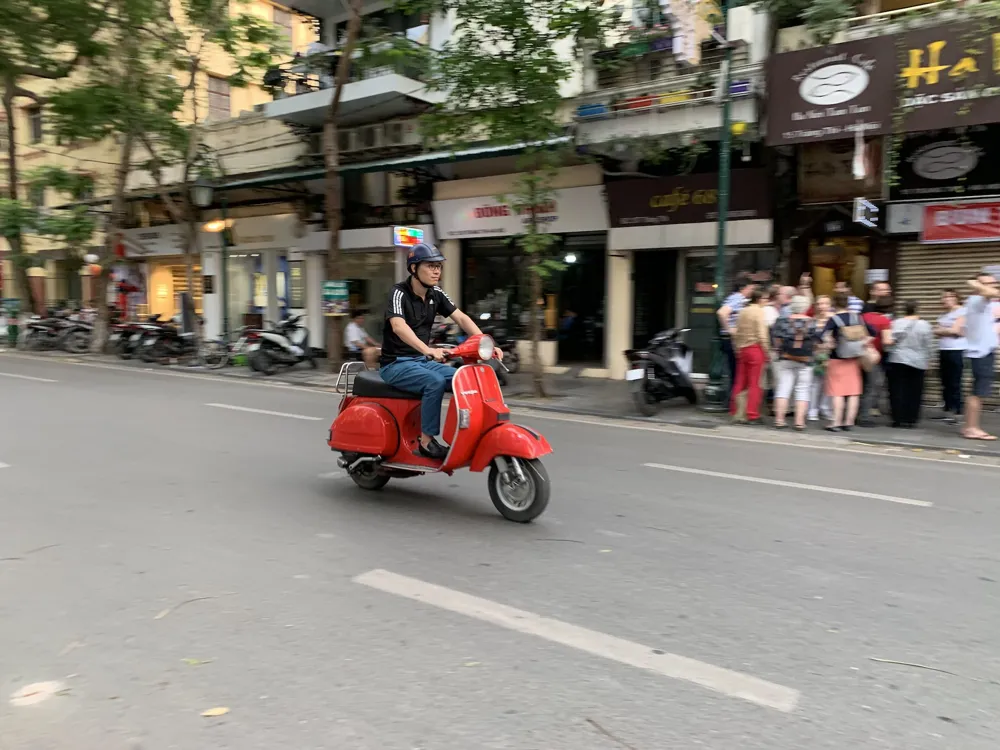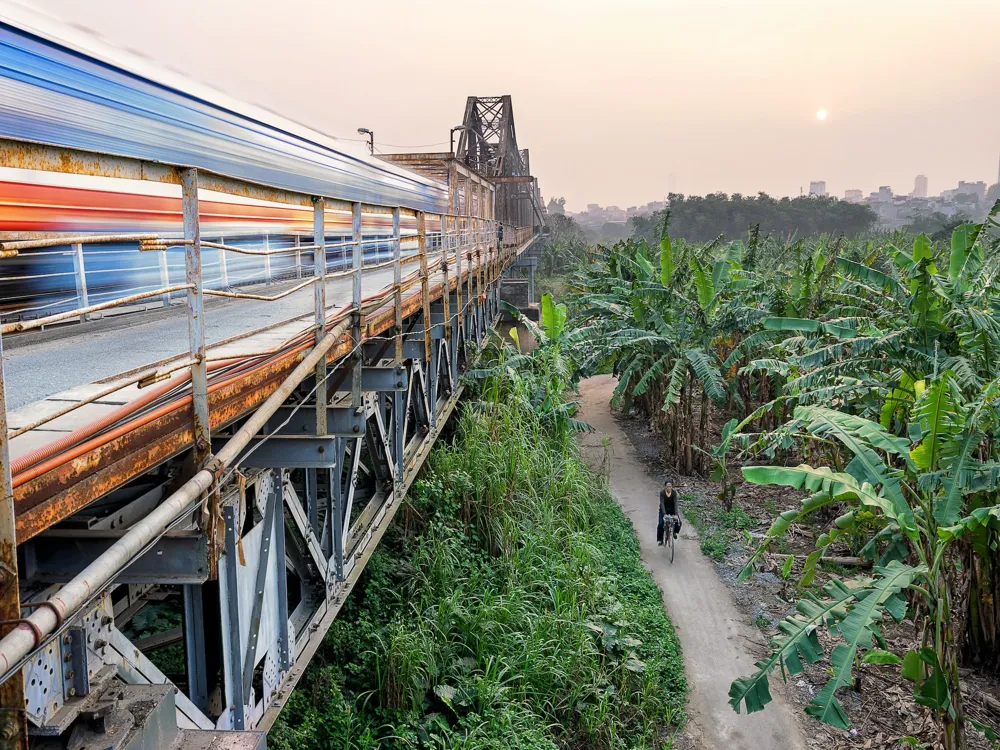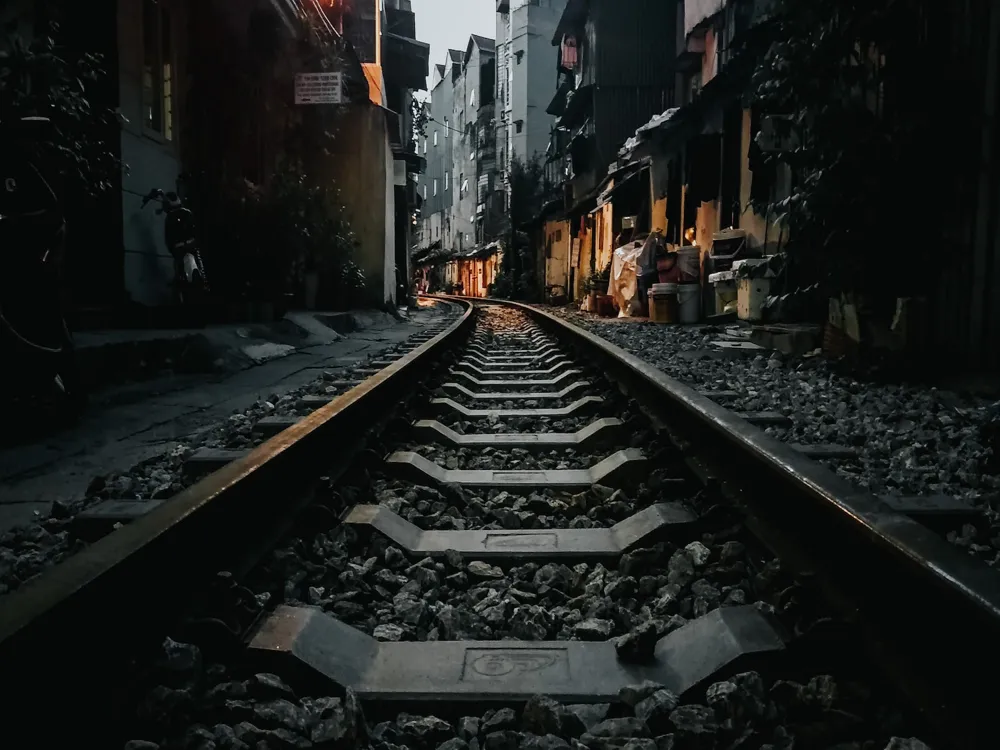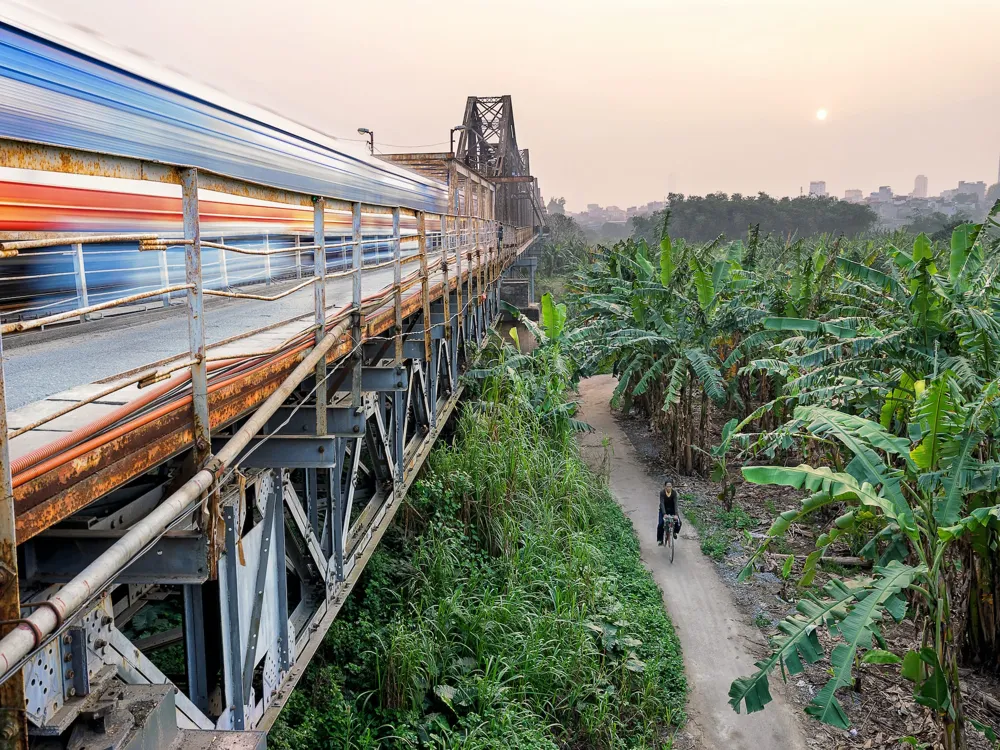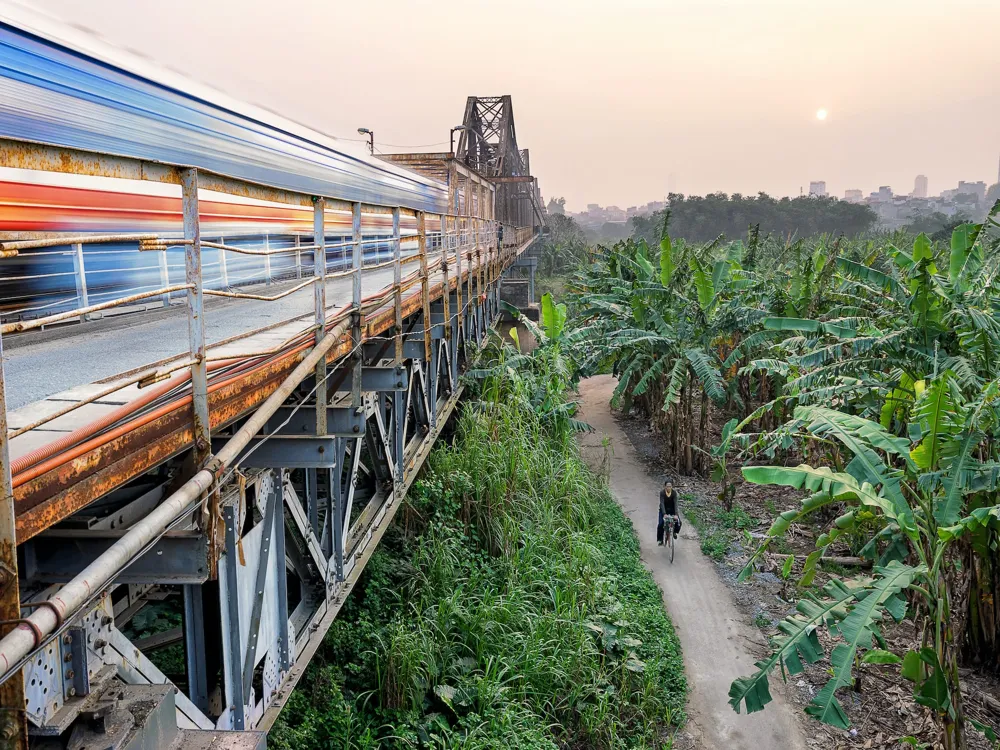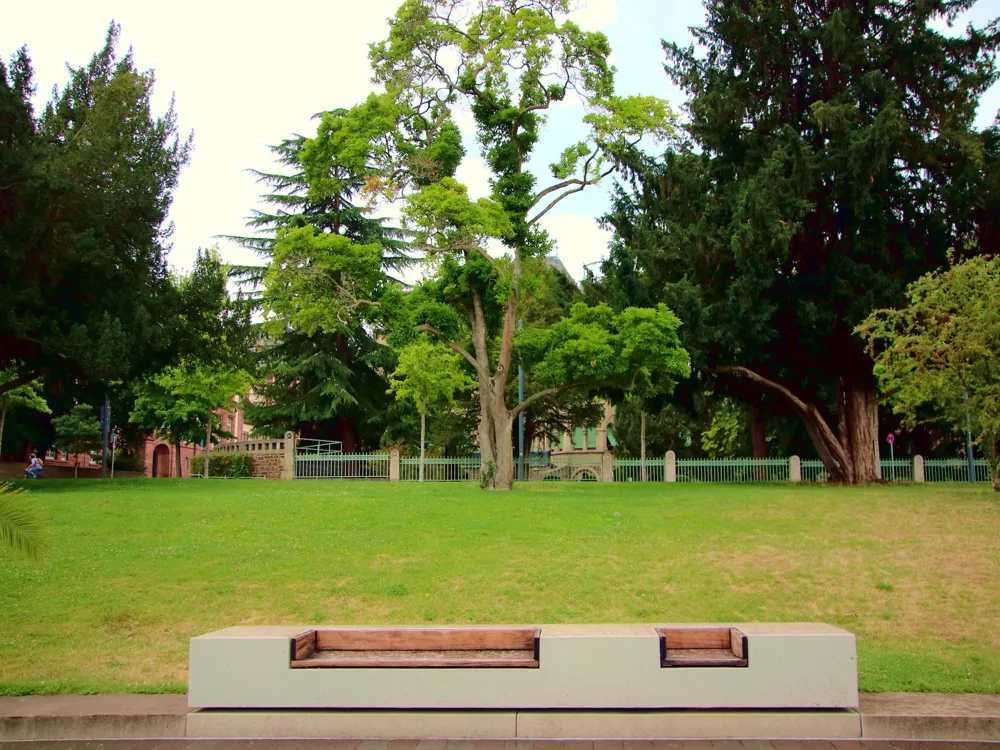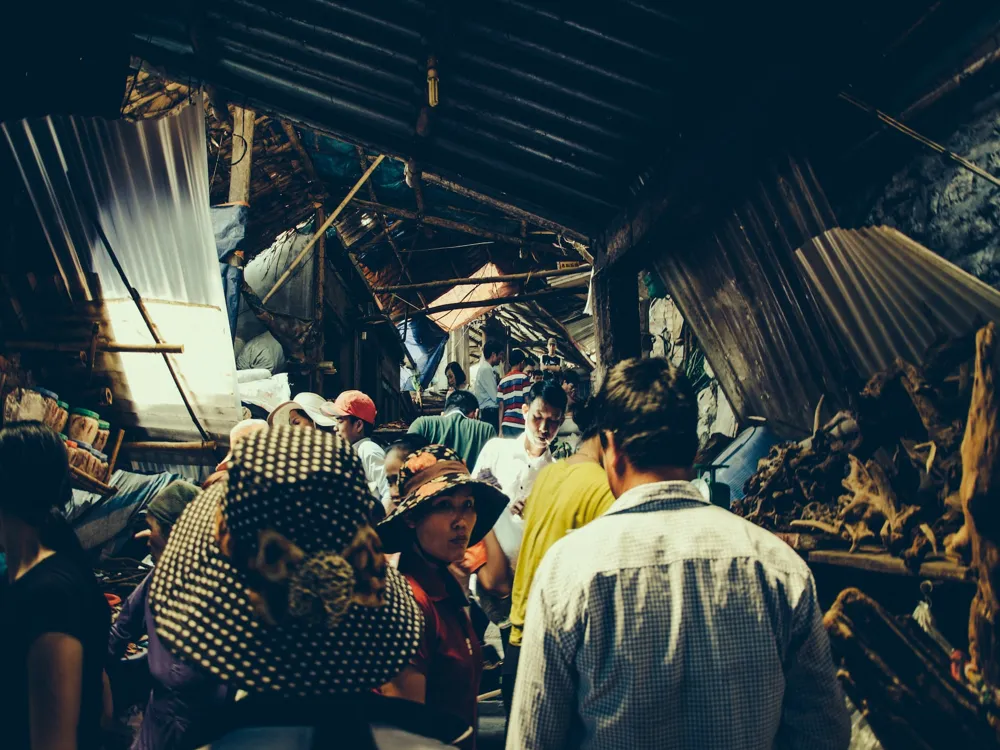Hanoi, the capital city of Vietnam, is a remarkable blend of old-world charm and modern development. This city is not just the political center of the country, but also a cultural and historical hub. Hanoi's history dates back over a thousand years, during which it has witnessed numerous changes, from Chinese and French colonial influences to the impacts of modern globalization. What makes Hanoi genuinely captivating is its ability to preserve its unique heritage while embracing new advancements.
The city's heart is the Old Quarter, where narrow streets bustle with life, showcasing traditional Vietnamese architecture alongside colonial buildings. The street names in the Old Quarter, such as 'Silk Street' and 'Silver Street,' reflect the specialized trades historically practiced there. Walking through these streets, one can observe a harmonious blend of the past and present, as ancient temples stand beside modern businesses.
Hanoi is also known for its vibrant culinary scene, which is a tapestry of flavors reflecting the city's diverse cultural influences. From the famous Pho, a noodle soup considered the national dish, to the numerous street food stalls serving an array of local delicacies, Hanoi's food is a key part of its identity. Moreover, the city's lakes, such as the iconic Hoan Kiem Lake, provide serene escapes from the urban rush, offering tranquil spots for relaxation and reflection.
Culturally, Hanoi is a treasure trove, with institutions like the Vietnam National Museum of Fine Arts and the Hanoi Opera House being prime examples of the city's rich artistic heritage. The city also celebrates numerous festivals throughout the year, the most significant being Tet, the Vietnamese New Year. These festivals showcase the city's traditions and the resilience of its people in preserving their cultural identity.
The architecture of Hanoi is a fascinating amalgamation of indigenous designs, French colonial influences, and modern architectural trends. This blend not only reflects Hanoi's historical journey but also its current status as a rapidly developing Asian city. At the heart of Hanoi's architectural identity is the coexistence of old and new, traditional and modern, local and foreign.
Traditional Vietnamese architecture in Hanoi is best represented by its ancient temples and pagodas. These structures, often featuring multi-tiered, curved roofs and intricate carvings, reveal the deep spiritual roots of Vietnamese culture. The Temple of Literature, founded in 1070 and dedicated to Confucius, is one of the finest examples of traditional Vietnamese architecture. It showcases classic elements such as courtyards, gateways, and gardens, harmoniously integrated to create a serene and scholarly atmosphere.
The French colonial period left a significant architectural imprint on Hanoi. The French introduced European styles, evident in the grand boulevards and elegant villas found throughout the city. The Hanoi Opera House, inspired by the Paris Opera House, is a prime example of French neoclassical architecture, with its ornate facade and luxurious interiors. The influence of French architecture is not just limited to grand structures; it also extends to residential areas, with the French Quarter being home to many colonial villas and mansions.
In recent decades, Hanoi has witnessed a surge in modern architectural developments. Contemporary buildings, with their sleek designs and advanced technology, are changing the city's skyline. The Lotte Center Hanoi, a skyscraper with a unique design inspired by traditional Vietnamese attire, symbolizes this modern architectural wave. These modern structures coexist with the historical ones, making Hanoi's architectural landscape diverse and dynamic.
The best time to visit Hanoi is during the spring (February to April) and autumn (September to November) months. During these periods, the weather is pleasant with moderate temperatures, making it ideal for exploring the city. The summer months can be quite hot and humid, while the winter can be chilly and foggy.
It's important to respect local customs and traditions when visiting Hanoi. Dress modestly when visiting religious sites, and always ask for permission before taking photos of people. It's also polite to remove your shoes when entering someone's home or a temple.
Hanoi's traffic can be overwhelming for first-time visitors. Taxis and ride-hailing apps are convenient for longer distances. For shorter trips, consider walking or renting a bicycle to experience the city more intimately. Be cautious when crossing streets, as traffic can be heavy and chaotic.
Hanoi's street food is not to be missed, but always eat at busy stalls to ensure the food is fresh. Drink bottled water and avoid ice in drinks. Keep your belongings secure and be aware of your surroundings, especially in crowded areas.
Hanoi is well-connected and accessible from various international and domestic locations. The Noi Bai International Airport, located about 30 kilometers from the city center, is the primary gateway for international visitors. Various airlines offer direct and connecting flights to Hanoi from major cities around the world.
For those traveling within Vietnam, Hanoi is connected by an extensive network of roads and railways. The city's bus and train services offer convenient and affordable options for reaching Hanoi from other parts of the country. Additionally, for travelers seeking a more scenic route, the journey to Hanoi can also be made via cruise or boat along the Red River.
Overview of Hanoi
Architecture of Hanoi
Tips When Visiting Hanoi
Best Time to Visit
Cultural Etiquette
Transportation Tips
Food and Safety
How To Reach Hanoi
Imperial Citadel of Thang Long
Hanoi
₹ 15,260 onwards
View hanoi Packages
Weather :
Tags : Historical Site
Timings : 8:00 AM - 5:00 PM
Entry Fee : VND 30,000
Planning a Trip? Ask Your Question
Also Refered As:
Hanoi Citadel
Hanoi Travel Packages
View All Packages For Hanoi
Top Hotel Collections for Hanoi

Private Pool

Luxury Hotels

5-Star Hotels

Pet Friendly
Top Hotels Near Hanoi
Other Top Ranking Places In Hanoi
View All Places To Visit In hanoi
View hanoi Packages
Weather :
Tags : Historical Site
Timings : 8:00 AM - 5:00 PM
Entry Fee : VND 30,000
Planning a Trip? Ask Your Question
Also Refered As:
Hanoi Citadel
Hanoi Travel Packages
View All Packages For Hanoi
Top Hotel Collections for Hanoi

Private Pool

Luxury Hotels

5-Star Hotels

Pet Friendly







